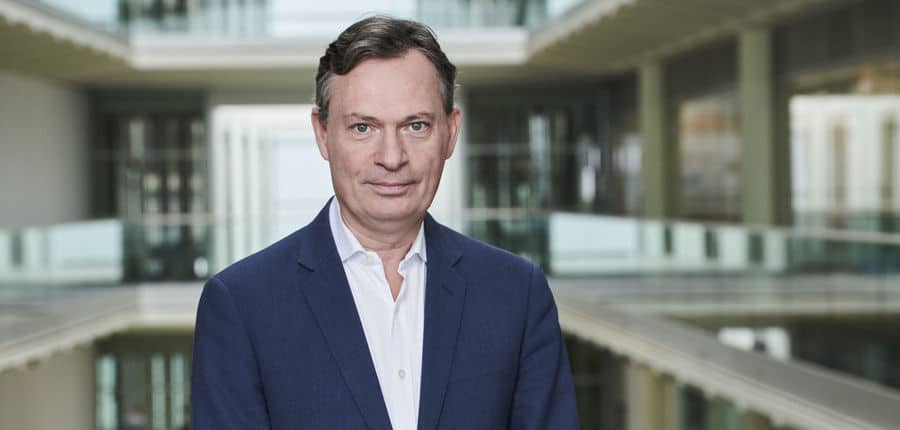“When I was here, Engineering was unfashionable”, remembers John. “Most of my contemporaries seemed to have their sights set on a career in the City.”
A City career wasn’t appealing to John and Engineering was not a planned career either. When starting at Bradfield John’s passions were clarinet and singing, yet he owns up to being nervous when performing in public, a fear that Bradfield helped him to dispel.
“I decided, soon after I started here, to try to put such feelings aside and to embrace performance opportunities when they arose, which – as a Music Scholar – was quite often. Thereafter, being on stage not only ceased to worry me, but was something I came to look forward to and enjoy.”
Musical highlights included leading John Swinbank’s Army House choir to victory with a rendition of Captain Stratton’s Fancy in the Inter-House Singing Competition and being Leader of the Musicians for The Merchant of Venice in the Greek Theatre featuring the late eminent cancer specialist Sir Martin Gore as Shylock.
“Each character had a musical motif, and Launcelot Gobbo’s – a playful riff in 6/8 time – has occupied my mind ever since.”
Life was however not all plain sailing. Although the Music Scholarship provided half of John’s school fees, his parents struggled to pay the balance. A solution emerged when they asked him to follow in his father’s footsteps and consider a career in the Royal Navy. As a result of his strong performance at the Admiralty Interview Board assessment he won a Naval Scholarship, which funded the balance in exchange for a commitment to join the Navy after Bradfield.
I JOINED THE 1850 CLUB TO PROVIDE BRIGHT FUTURES FOR THOSE WHO WOULD NOT OTHERWISE HAVE THE MEANS TO COME HERE.
These strong memories and the means by which he received his education are the reasons behind John’s decision to join the 1850 Club as a regular donor to the Bright Futures Bursary Campaign.
“Ever since I left Bradfield I have been mindful of the valuable education I received, and that somebody paid for me to enjoy it. I have always wanted to support the College because of that generosity.”
“I joined the 1850 Club to provide Bright Futures for those who would not otherwise have the means to come here. I have a long way to go to pay back my scholarship but I also plan to leave something behind in my Will, so that others can enjoy the benefits of a Bradfield education like I have.”





